The long and the short of Covid-19 for cyclists
Dr Josephine Perry unpicks the coronavirus risks and precautions specifically relevant to cyclists
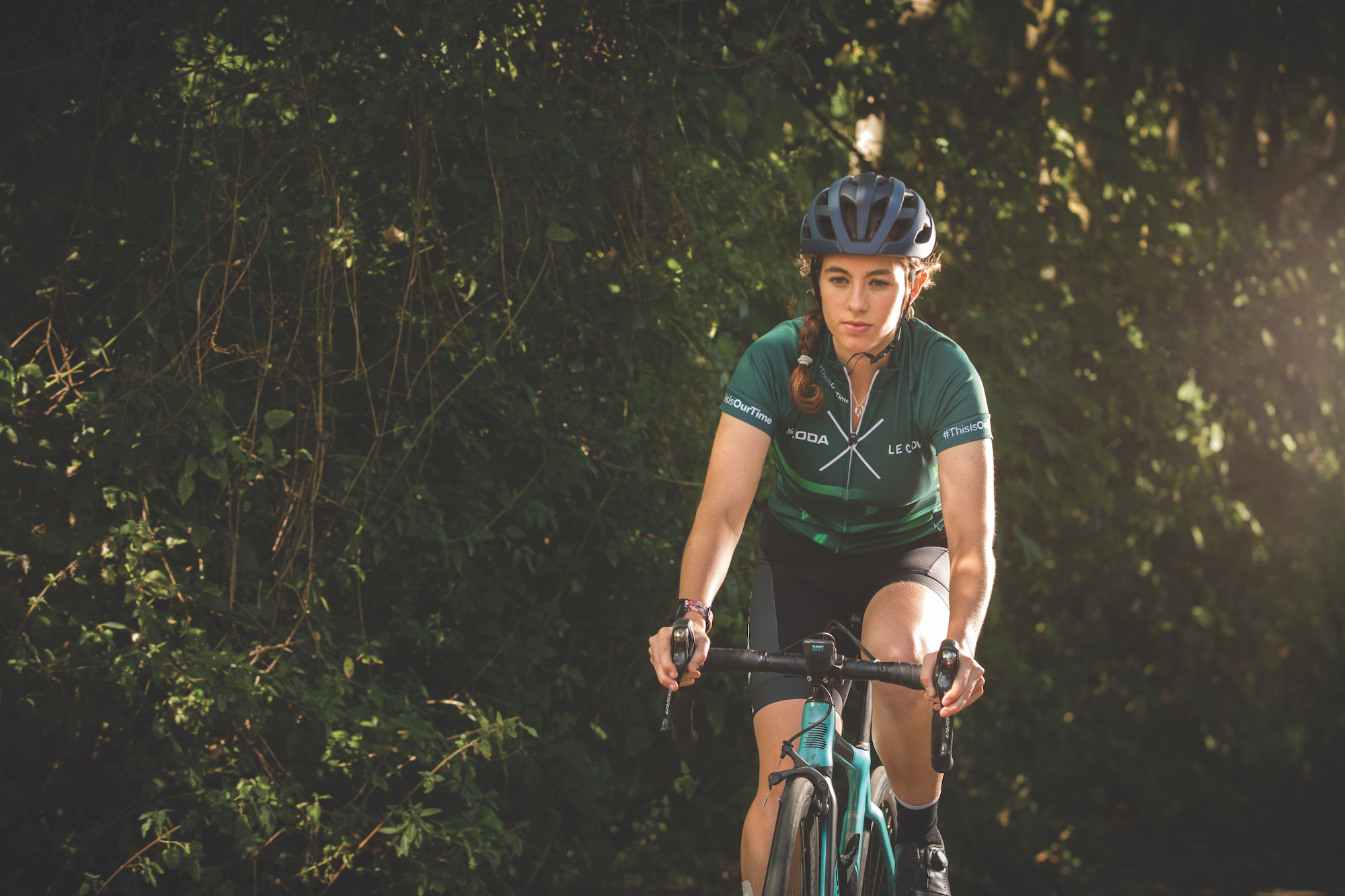

This article was originally published in Cycling Weekly magazine 01/10/2020 edition.
Snot-rockets have become the new half-wheeling – the most annoying, risky faux-pas you can commit on a club ride. Long-drawn-out sociable coffee stops are out, in favour of downing an espresso in an empty car park. Jersey pockets are stuffed full of hand sanitiser and masks. Welcome to Cycling 2020: Covid-19 edition.
While riding became incredibly popular during the first lockdown, with thousands of new recruits discovering the joy of life on two wheels, for the old-timers, this winter’s training may not feel quite so joyful. In December's second lockdown in England, you can only ride with members of your household or with one other person outside of your household. The government advice between the two lockdowns was that you may have up to 30 in a coached session, but outside of formal training sessions, you must follow the rule of six. Because you are outside and not facing each other while riding, the risks are not high, but the social catch-ups before and after, as well as the coffee stops, require distancing.
Continually washing hands, avoiding physical contact, being especially careful on public transport while getting to rides, limiting group sizes – we always need to be constantly alert to the risks of transmission. This is tiring. With a second lockdown upon us, what do we – as cyclists – need to know and do to act responsibly and keep ourselves and others safe?
Current British Cycling guidance on riding during England's December lockdown:
- You can ride outside alone, with those in your household or support bubble, or with one person from another household. If you are riding with someone from another household, you must only ride as a pair.
- You must stay two metres apart from anyone not from your household or support bubble.
- You should not go out if you are experiencing coronavirus symptoms, are self-isolating, or sharing a household/support bubble with someone who has symptoms, or if you are contacted by NHS Test and Trace and told to stay home.
- There are no restrictions on how far or how often you can ride, but BC says you should stay within your ability level and prepare accordingly, especially when riding alone.
Rebecca Robinson is a sports and exercise medicine consultant at the English Institute of Sport, and works with Olympic and Paralympic athletes. She is clear that the benefits of being on our bikes outweigh the risks. “We know that exercise boosts the immune system, as well as being really important for our health.”
Get The Leadout Newsletter
The latest race content, interviews, features, reviews and expert buying guides, direct to your inbox!
Indoor training is a great alternative, but (prior to lockdown) if it involves other people, the risks are higher, so greater precautions are required, including as much ventilation as you can get.
A new type of risk specifically concerning athletes is now coming to the fore: pushing yourself too hard while you have asymptomatic Covid-19. We know that the virus often attacks the tissues of the heart and lungs – and if we push ourselves too hard while we have inflammation, we risk long-term damage. Robinson urges riders to take a cautious approach this winter: “‘tis not the season for Strava records”.
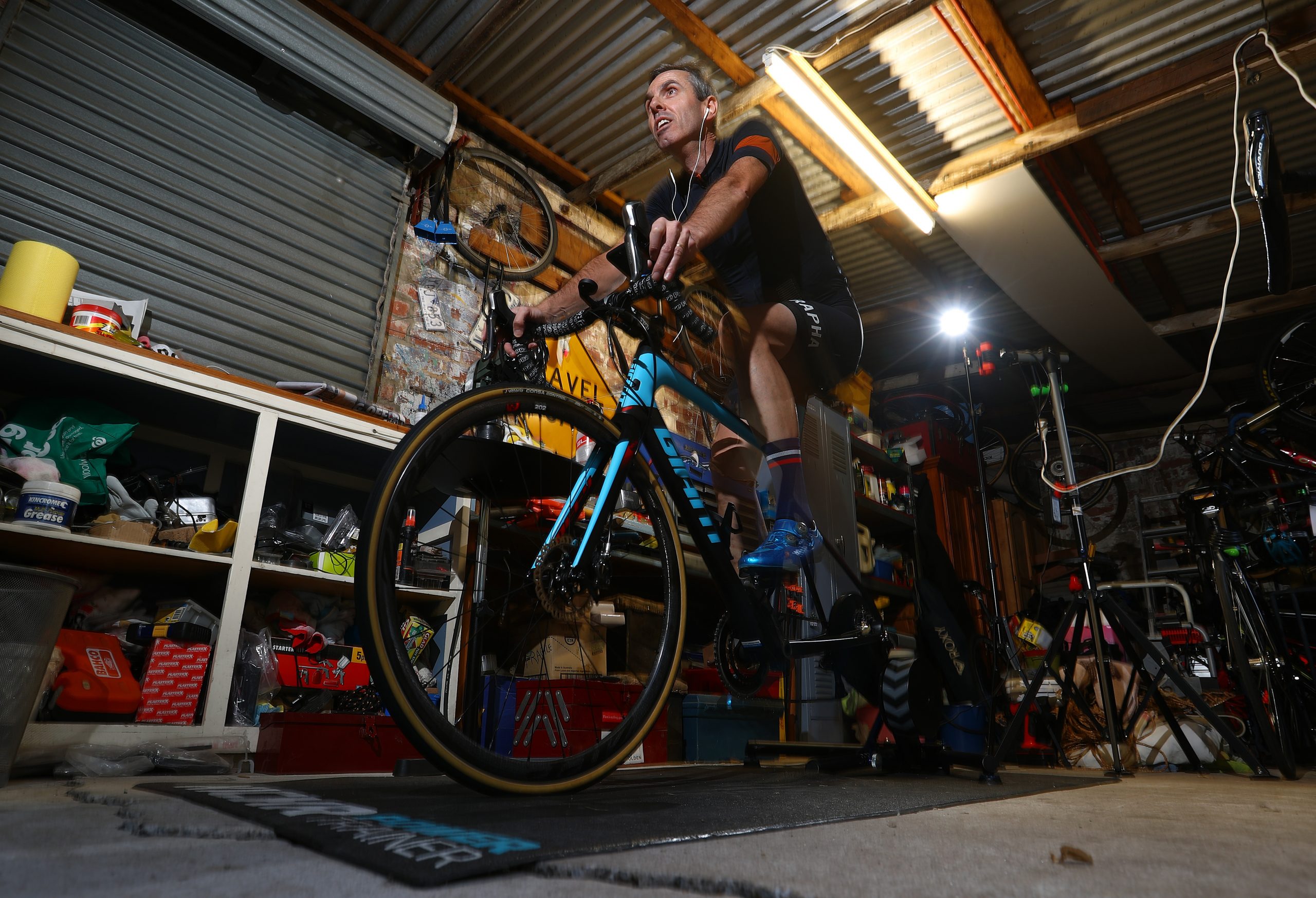
The real sting in the tail is so-called ‘long Covid’. Some of those who have had the virus – even some cases in which symptoms were mild – are finding themselves struggling months later with fatigue and breathing problems, rendering them unable to return to training. Doctors are learning about these effects at the same time as the athletes are suffering from them. Some cyclists are noticing that the power and efforts they used to be able to put out are no longer possible.
One day they feel well on the way to recovery, the next their symptoms flare up again, leaving them unable to race or even plan a comeback attempt, all the while unsure of just how long it will last.
Yorkshire-based podiatrist Mel Sykes, 37, is one such rider. She became unwell over Christmas and went to A&E in January suffering the symptoms of pneumonia and pleurisy, plus migraines, fatigue, muscle aches, night sweats and coughing.
Covid-19 was confirmed in May when, as an NHS employee, Sykes took an antibody test. She has missed eight weeks of work so far, and the on-going complications have included two flare-ups of an auto-immune disease that had been in remission for eight years.
“I still have a pain in my left lung after exercise,” Sykes says. “This dull ache on the left side of my ribcage is present for a couple of hours after cycling and affects my ability to use my lungs to full capacity, especially while climbing.” The passionate cyclist is reluctant to stop riding. “I am still getting out on my bike, though I am taking extra days off if I feel too fatigued, and most rides are done at a steadier pace. With nothing to train for event-wise anyway, the rides are enjoyable and sociable.”
Sykes is not alone. A study led by Trinity College Dublin has found that 52 per cent of Covid patients are still dealing with fatigue up to 10 weeks later. It doesn’t seem like there is much you can do specifically to prevent ‘long Covid’, but picking up on the tell-tale signs means you will be able to get medical advice more promptly and then take the additional rest and recovery you need. Understanding the underlying cause also helps reduce some of the frustration while training isn’t going to plan.
Robinson is advising athletes in a recently established specialist ‘long Covid’ clinic at London’s Centre for Health and Human Performance. “Watch out for a heightened sense of effort during activities that you don’t normally struggle with,” she advises. “Some people have experienced difficulty in concentrating, breathlessness and higher heart rates than usual, even during light activity. As a cyclist, you’ll know your own body, so listen to how you feel.”
On the next point, she is emphatic: “Do not train through significant chest pain or breathlessness, and if you have fatigue, don’t force yourself out of the door.”
One of the biggest fears related to ‘long Covid’ is myocarditis, an inflammation of the heart muscle, potentially dangerous for athletes. “We are still learning about the inflammatory nature of Covid around the heart,” says Robinson. “Do seek urgent medical attention for sudden chest pain or any unusual pain or changes in your heart rate or rhythm. If myocarditis is confirmed, you will need specialist follow-up and a three-month period to recover before you return to sport.”
The Covid blues
The issues with ‘long Covid’ are not only physical, but also psychological – in some cases requiring specialist support. Dr Andrew Wood, a sports psychologist, is himself suffering with ‘long Covid’. He had been training for the Manchester marathon, but since catching Covid-19 has not been able to do anything more than short walks, and even these cause fatigue. Wood describes ‘long Covid’ as “like being followed by a speed camera – you don’t know you’ve messed up until one or two days later.”
The psychological impact, according to Wood, is similar to a grieving process and requires a shift in mindset. “A cyclist’s dogged determination may be helpful during a chain gang, long Sunday session or time trial,” he says, “but with ‘long Covid’ they need to re-channel their mentality towards a different goal, and arguably a more meaningful one, which is to manage their physical ill-health.”
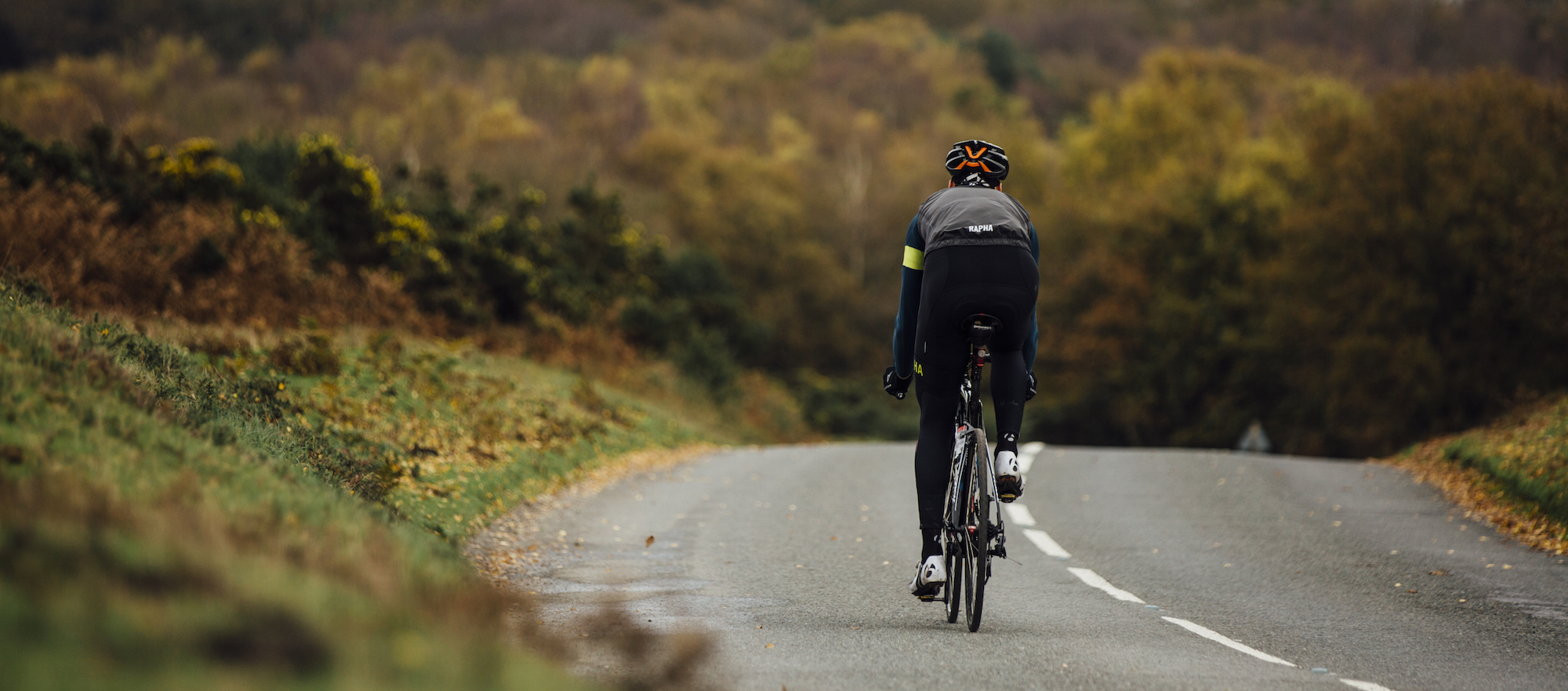
Wood advises cyclists with ‘long Covid’ to accept that, as well as the physical elements, they will have some mental difficulties: a loss of identity as a cyclist, missing their social networks and having to live without fitness goals.
“Recovering from ‘long Covid’ is not a sprint, it’s the slowest and most convoluted race you will ever take part in,” he warns.
Moderation and acceptance will be key to recovery, so if you have any suspicion that you have Covid-19, it’s imperative to rein in your training load and be cautious. Take the long-term view – sensible precautions now will protect your heart and lungs, get you back on the bike quicker, and safeguard your cycling future.
Covid comeback: How to return to riding
If you have Covid-19, or think you have had it, make sure your return to cycling is gradual and cautious. Recommendations in the British Journal of Sports Medicine, written as a collaboration between the elite sporting bodies in the UK, give a clear timeline to dealing with Covid-19 and returning to your sport to reduce the risk of long-term complications. You’ll need to monitor your resting heart rate, energy, mood, sleep, stress levels, fatigue and muscle soreness.
Day one to 10 (and until at least seven days symptom-free and off any treatment): Nothing more taxing than walking. Rest lots. Nap when you can. Fuel recovery with good quality nutrition – many people report losing weight through their illness, which can stress the body further.
Day 11 to 12: Light activity below 70 per cent max heart rate and for only 15min.
Day 13: Light activity below 80 per cent max heart rate and for no more than 30min.
Day 14: May move on to more complex movement, but still below 80 per cent and no longer than 45min.
Day 15-16: Regular training, but below 80 per cent heart rate and for no longer than one hour.
Day 17: Resume usual training – provided you feel back to normal. If at any point your resting heart rate is higher than usual or you have an unexpectedly high perception of effort, go back one step in the process.
Case study: Case study ‘I’ve been off the bike for months’
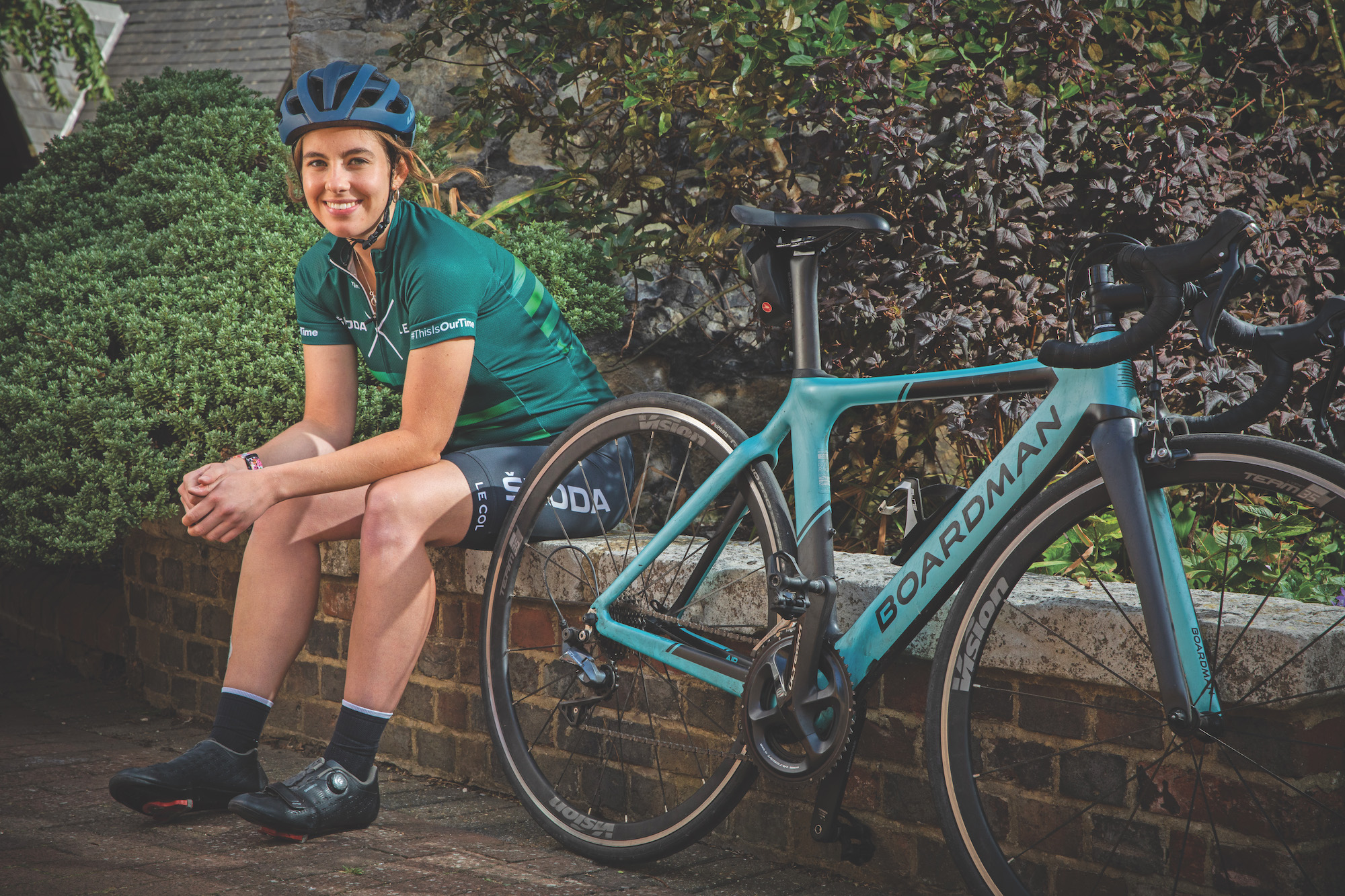
Meredith Gilbert, 22, from Brighton, is a trainee rider with Storey Racing. She began feeling unwell at the height of the pandemic.
“At the time, in April, it wasn’t clear I had had it. I assumed I was just fighting off a cold or it was fatigue due to upping my mileage over lockdown, so I pushed on training, and Covid didn’t cross my mind.”
After a month of fatigue and feeling short of breath, the young racer saw others talking about similar symptoms, and the penny dropped.
“I feel like I’ve constantly ‘bonked’ or I’m recovering from the hardest session ever. I still get heart palpitations and shortness of breath, especially on waking up. The DOMs in my leg haven’t gone since April either, and my legs feel really weak.
“At first I was unable to ride at all; my legs felt too weak and I had no energy, even lightly pedalling down the road. I’m up to 15 minutes very easy now; any more than this and the fatigue worsens a lot and I relapse a few days later. My FTP was at around 4w/kg before becoming ill, and I now struggle to hold 2w/kg for 15 minutes.
“It is hard to cope with. Before this, I was training 15-20 hours a week, so it’s a huge adjustment. I’m just trying to accept the situation as it is right now and focus on the long-term as much as possible. It has given some extra time for other things; focusing on new hobbies can be helpful.”

Thank you for reading 20 articles this month* Join now for unlimited access
Enjoy your first month for just £1 / $1 / €1
*Read 5 free articles per month without a subscription

Join now for unlimited access
Try first month for just £1 / $1 / €1
Dr Josephine Perry is a Chartered Sport and Exercise Psychologist whose purpose is to help people discover the metrics which matter most to them so they are able to accomplish more than they had previously believed possible. She integrates expertise in sport psychology and communications to support athletes, stage performers and business leaders to develop the approaches, mental skills and strategies which will help them achieve their ambitions. Josephine has written five books including Performing Under Pressure, The 10 Pillars of Success and I Can: The Teenage Athlete’s Guide to Mental Fitness. For Cycling Weekly she tends to write about the psychological side of training and racing and how to manage mental health issues which may prevent brilliant performance. At last count she owned eight bikes and so is a passionate advocate of the idea that the ideal number of bikes to own is N+1.
-
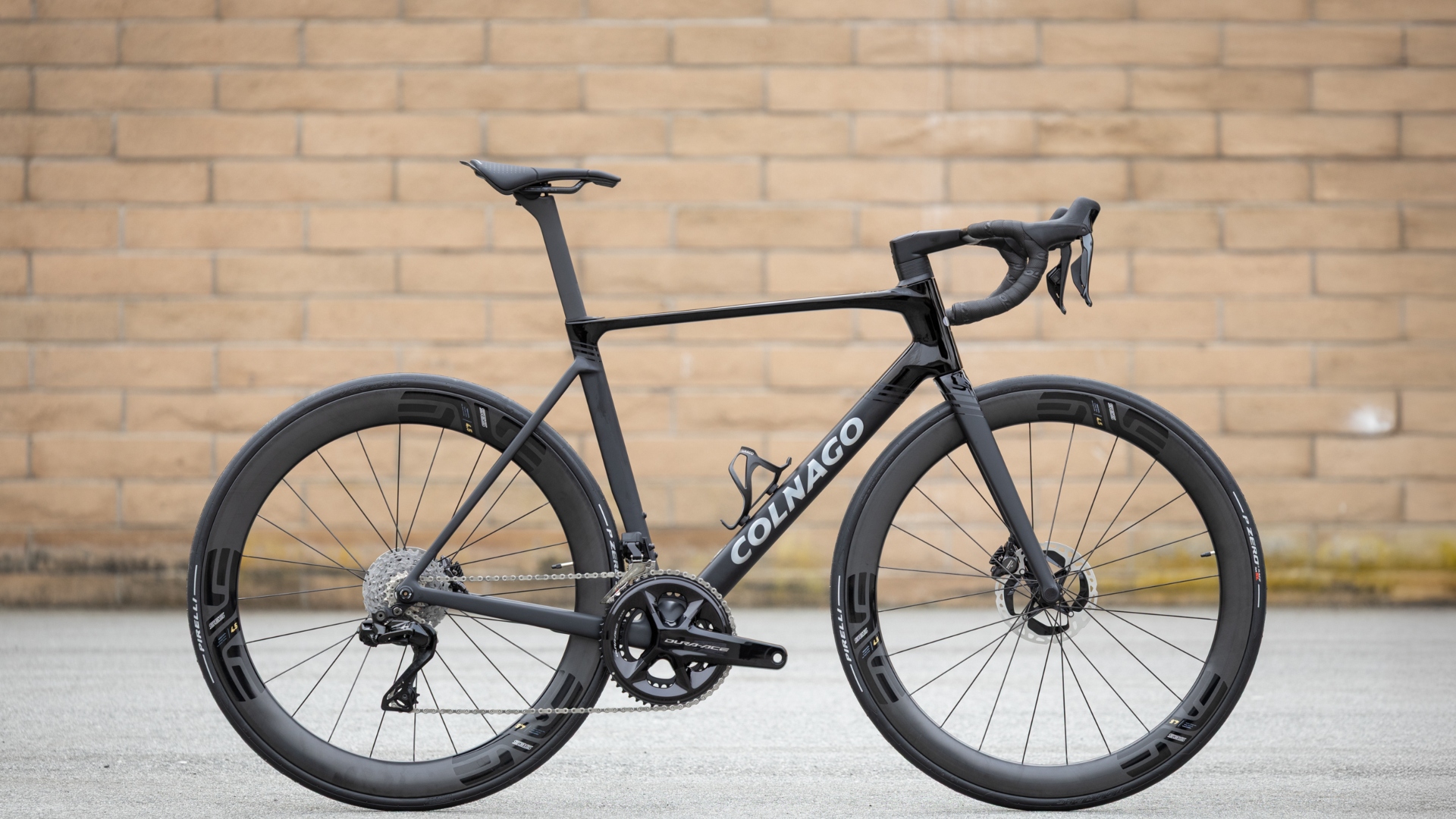 Meet Tadej Pogačar's new weapon: Colnago’s lightest frame ever — the all-new V5Rs
Meet Tadej Pogačar's new weapon: Colnago’s lightest frame ever — the all-new V5RsParis-Roubaix was the last hoorah on Colnago’s winnigest bike, the V4RS. Enter the new V5Rs, to be raced from the Amstel Gold Race onward
By Anne-Marije Rook
-
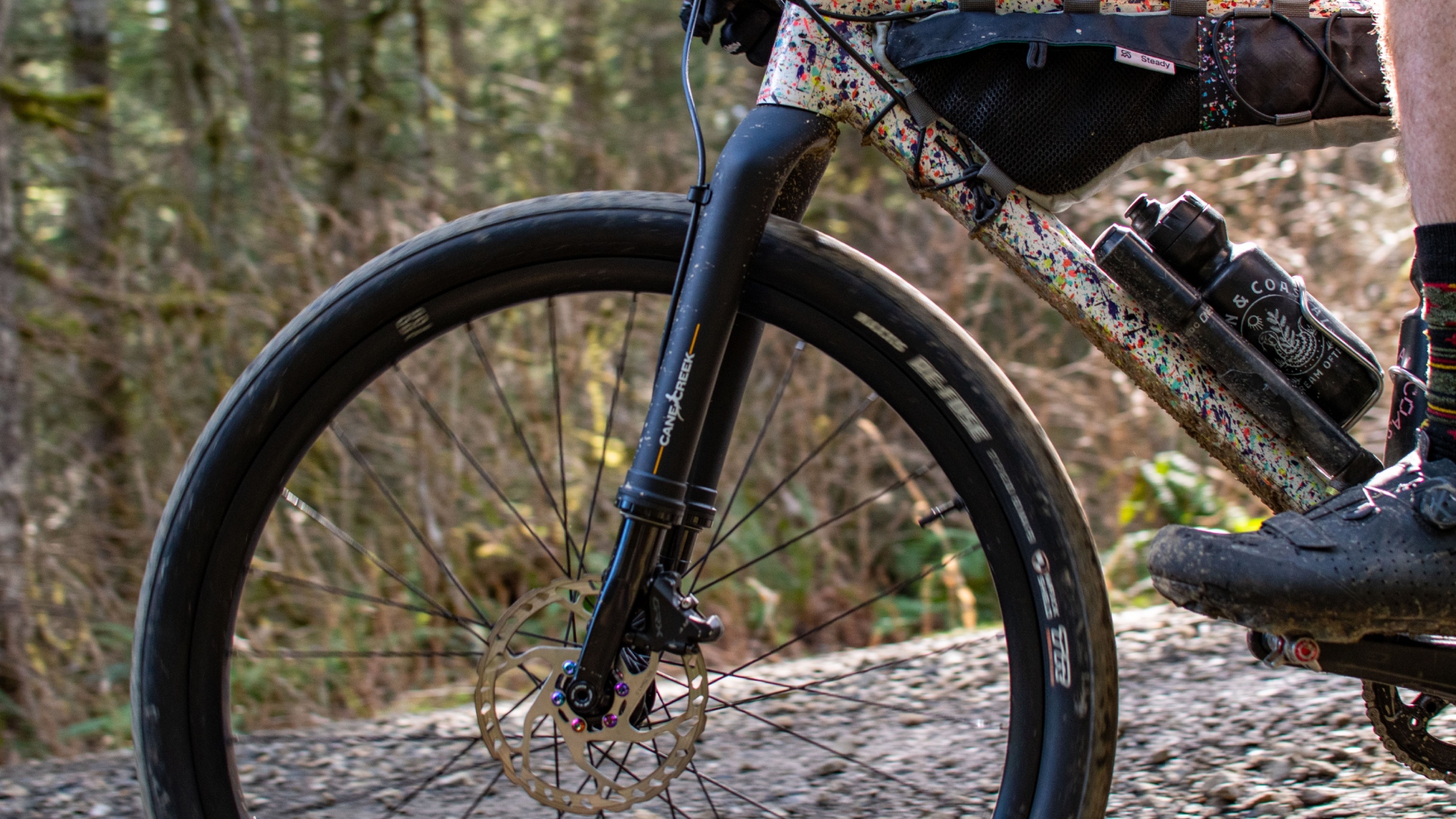 Review: Cane Creek says it made the world’s first gravel fork — but what is a gravel fork, and how does it ride?
Review: Cane Creek says it made the world’s first gravel fork — but what is a gravel fork, and how does it ride?Cane Creek claims its new fork covers the gravel category better than the mini MTB forks from RockShox and Fox, but at this price, we expected more.
By Charlie Kohlmeier